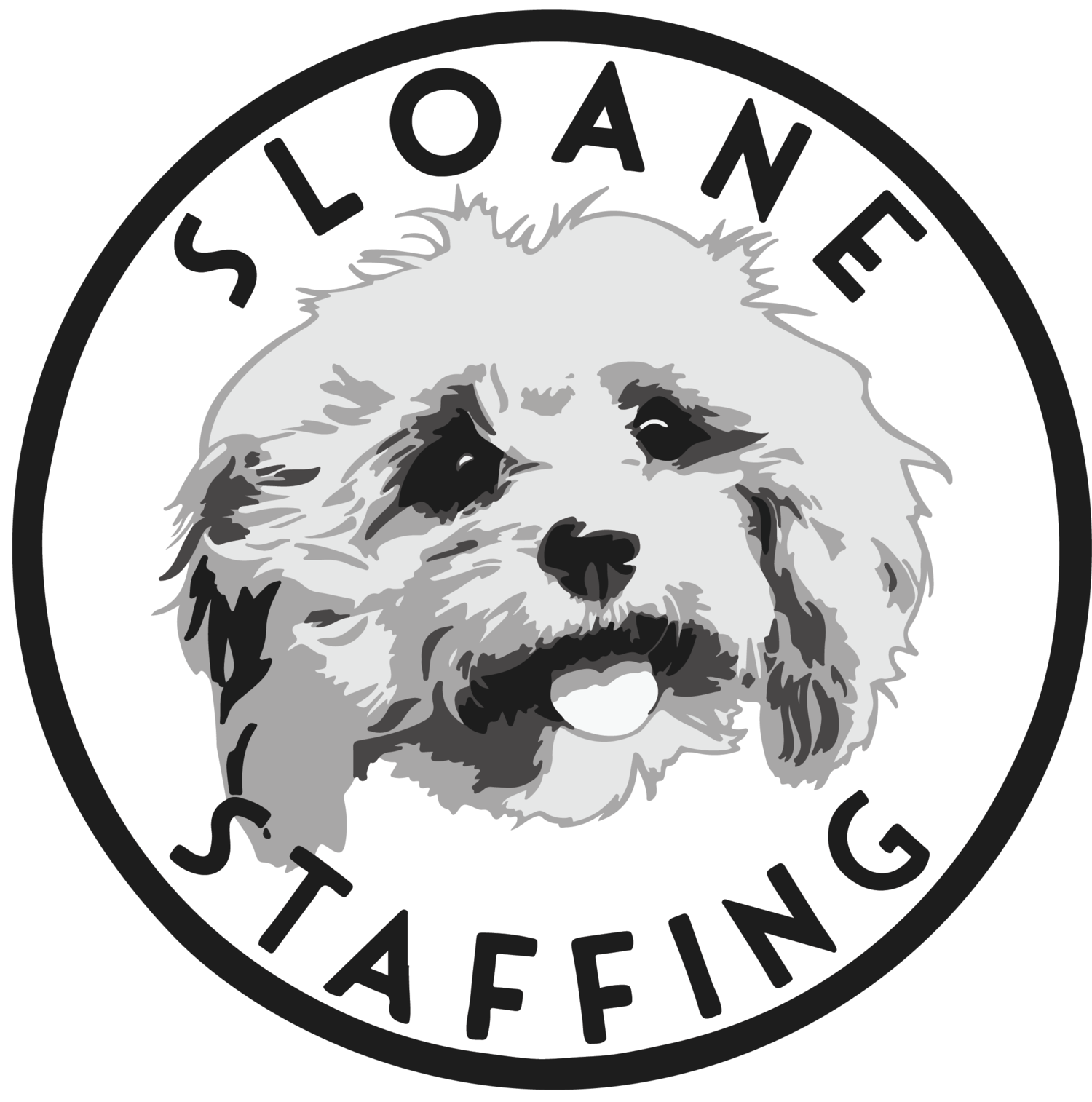How To Create A Hiring Strategy After You've Raised Your Series A Round
You've raised your Series A round — congratulations! You've learned how to get to product-market fit, and now you're ready to scale.
A vital part of the scaling process is hiring. But hiring can be challenging — especially if you're new to it. So much can go wrong: from bad hires to high turnover rates.
It's important to take this part of your business seriously. It will be one of the most impactful things you do for your business. Ensure that you hire well and hire to scale, and the results will start reflecting.
Here is how you go about creating a hiring strategy:
Know Your Hiring Needs
You must understand and define the qualities you need in an employee to determine what skills are required to fill these needs. While some of these qualities may overlap, it's crucial to think about them individually.
You will probably have a few different requirements for your employees:
Someone who can get along well with everyone in the office
Someone who can write code well
Someone who has at least five years of experience and knows how to do their job well
Someone compassionate and empathetic
While these are all good traits, they're not necessarily all required. You might find suitable candidates who don't meet all of those requirements, but are great at doing their job, and vice versa.
Understand Your Budget
As a founder, it's essential to understand your budget for your upcoming hires. Take a look at the amount of funding you've raised and determine whether you can hire all the team members you need in the next year or if you'll need an additional round of financing.
If you can hire without raising another round, plan to allocate around 35% of your annual costs to your team in the first year, which should include:
recruiting fees
salaries, and
benefits
After factoring in other expenses like rent, insurance, and admin support, you should be able to see how many people you can afford to hire over the next 12 months.
Consider your current roles and responsibilities if you aren't planning to raise more money but feel that your team is too lean and will require more than 35% of your budget.
Can one person wear multiple hats?
Can you outsource certain tasks?
If so, this will allow you to invest more money toward hiring new team members.
Establish Your Requirements for a New Employee
You need to decide what you want in a new employee before advertising a position. You've probably got a vision for the role in mind, but you'll want to sit down and get specific about what you need the person to do and accomplish to succeed with your company.
This is important because it helps guide you through the hiring process once you've made your list. This is also when you can get clear about whether the role will be internal or outsourced. if the duties of the position can be assigned to more than one employee, perhaps there should be two hires rather than one.
Decide How You'll Recruit and Vet Candidates.
Once you have your list of hires, you need to think about how you will recruit them. If this is your first significant hiring round as a company, it's likely that you haven't hired at scale and don't have an in-house recruiter.
You may want to seek help from experts like Sloane to make this step a success. Getting the right candidates might seem easy on paper, but don't be deceived. You need people who understand the in and outs of a recruitment process, while simultaneously finding the perfect fit for your role.
Once you have candidates identified and interviews scheduled, you must organize and track them with applicant tracking software.
Consider Employment Trends and the Changing Workforce
In an increasingly global economy, companies compete for talent with organizations worldwide. This has resulted in a shift in power from employers to employees, as people have more options.
It also means you need to make sure your hiring strategy is flexible enough to keep pace. You need a plan that will ensure you're ready to hire when the opportunity strikes—and it might hit sooner than you think.
Conclusion
In the end, businesses should think about how hiring can potentially affect future growth. Having the right people in the correct positions will inevitably lead to a more successful business in the long run.
As you consider your growth strategy, ensure you consider how it could affect your hiring needs over time. Don't let that deter you from making smart hires today, but...
Where do you even begin?
Sloane Staffing is a leading developer placement agency whose expertise and insights steal the show, which means we've worked with many tech companies to help them hire top talent.
Let us help you develop a hiring strategy that is focused on your company's goals, people and culture.

